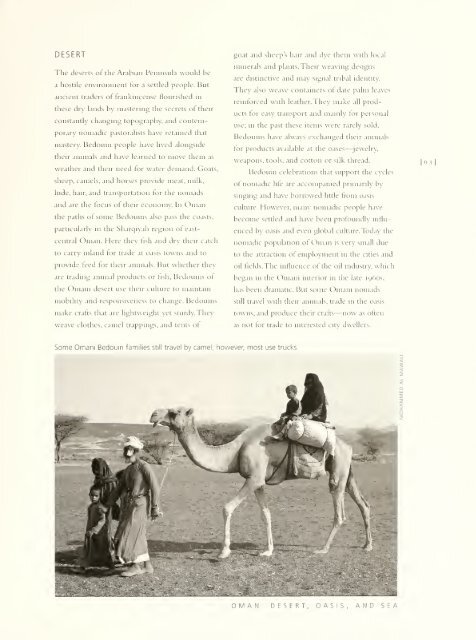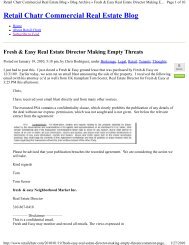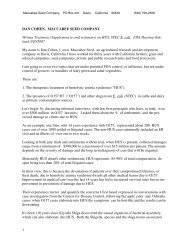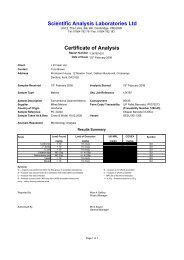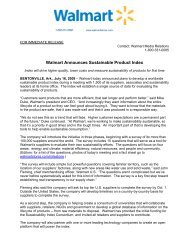Smithsonian - Perishable Pundit
Smithsonian - Perishable Pundit
Smithsonian - Perishable Pundit
Create successful ePaper yourself
Turn your PDF publications into a flip-book with our unique Google optimized e-Paper software.
DESERTThe deserts ot the Arabian Peninsula would bea hostile environment for a settled people. Butancient traders of frankincense flourished inthese dry lands by mastering the secrets of theirconstantly changing topography, and contemporarynomadic pastorahsts have retained thatmastery. Bedouin people have lived alongsidetheir animals and have learned to move them asweather and their need for water demand. Goats,sheep, camels, and horses provide meat, milk,hide, hair, and transportation for the nomadsand are the tocus of their economy. In Omanthe paths of some Bedouins also pass the coasts,particularly in the Sharqiyah region ot eastcentralOman. Here they fishand dry their catchto carry inland tor trade at oasis towns and toprovide teed for their animals. But whether theyare trading animal products or fish. Bedouins otthe Omam desert use their culture to maintainmobility and responsiveness to change. Bedouinsmake crafts that are lightweight yet sturdy. Theyweave clothes, camel trappings, and tents ofgoat and sheep's hair and dye them with localminerals and plants. Their weaving designsare distinctive and may signal tribal identity.They also weave containers of date palm leavesreinforced with leather. They make all productstor easy transport and mainly tor personaluse; in the past these items were rarely sold.Bedouins have always exchanged their animalsfor products available at the oases— -jewelry,weapons, tools, and cotton or silk thread.Bedouin celebrations that support the cyclesot nomadic lite are accompanied primarily bysinging and have borrowed littlefrom oasisculture. However, many nomadic people havebecome settled and have been profoundly influencedby oasis and even global culture. Today thenomadic population of Oman isvery small dueto the attraction of employment in the cities andoil fields. The influence ot the oil industry, whichbegan in the Omani interior in the late 1960s,has been dramatic. But some Omani nomadsstill travel with their animals, trade in the oasistow 11s. and produce their crafts—now as oftenas not for trade to interested city dwellers.Some Omani Bedouin families still travel by camel; however, most use trucks.OMAN DESERT, OASIS, AND SEA


